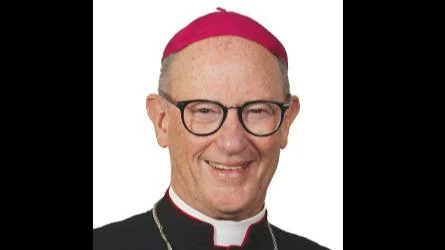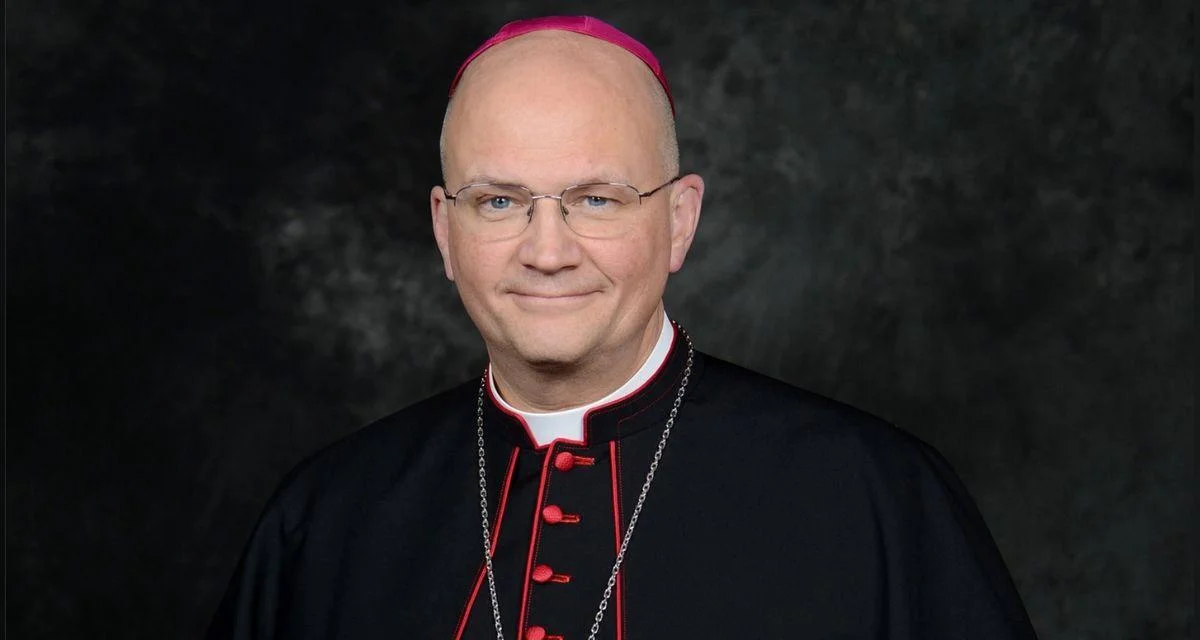
Rev. James D. Conley, D.D., S.T.L. | Diocese of Lincoln website
Dr. Richard Carrillo, director of choral activities at the University of Nebraska at Omaha, shared his experiences with the Mass of the Americas in a recent interview with the Southern Nebraska Register. Dr. Carrillo first encountered the Mass while researching for his doctoral dissertation and was immediately struck by its incorporation of familiar melodies from his heritage.
"I actually first found out about this through social media. While I was searching for a source of my doctoral dissertation, I came across a link to this Mass and was shocked when I heard the melodies incorporated into the Mass that my grandmother used to sing, particularly the melody to the folk song La Guadalupana. I was instantly enthralled and thought 'Wait, is this? Is this really mariachi melodies used in a classical style?'"
He explained that as he explored further, he discovered the piece included what is believed to be the first known “Aue Maria” in Aztec Nahuatl—the language spoken by Juan Diego to Our Lady. This connection resonated deeply with him due to his own family’s Catholic and Aztec roots.
Dr. Carrillo became involved with conducting the Mass after making it the focus of his dissertation project. He organized a festival choir in Miami and noted significant community interest: "Given that something like this hadn’t been done often, we found not only that many people were interested in participating in the choir (we had over 100 singers) but that we had over 800 people attend the Mass." He also received a grant for field research in Mexico City, which allowed him to record Nahuatl text and create pronunciation guides for future performances.
Describing the Mass of the Americas for those unfamiliar with it, Dr. Carrillo said: "It’s a large-scale choral Mass. Composers from throughout history (ie. Mozart, Beethoven, Haydn, etc.) have written the music of the Mass, but often it has been made for the concert stage, rather than for an actual liturgy. What makes the Mass of the Americas so remarkable, is it is written in the classical style, but was meant actually for a Mass." He highlighted how composer Frank La Rocca incorporates traditional Mexican folk tunes such as La Guadalupana and Las Mañanitas alongside elements like musical bows during references to Jesus and Mary.
Reflecting on conducting at significant venues—including recently at Mexico City's Basilica Shrine of Our Lady of Guadalupe—Dr. Carrillo said: "So, to perform this Mass right next to the tilma worn by St. Juan Diego, which contained the image of our Lady, was an experience unlike any other I have had." Quoting scholar Dr. Arturo Rocha on that performance: "I have been to hundreds of Masses here - great Masses with orchestra for visiting dignitaries — but never have I ever heard such beauty, in this place... It (Mass of the Americas) has been already written in the musical annals of the Basilica."
Looking ahead to conducting in Lincoln on December 12—the Feast of Our Lady of Guadalupe—Dr. Carrillo noted some unique aspects: "I think one of the main differences people will experience is that this is an organ version of the Mass... Also, this is my first time getting to conduct [it] on [the] actual Feast... So... Lincoln’s Mass will also share closeness to our Lady."
On how involvement with these performances has affected his faith journey as a lifelong Catholic, Dr. Carrillo concluded: "It’s hard to not be drawn deeper into your faith when experiencing this music... And it is beauty of this music that does just that... And to do this within context of liturgy... it’s hard not fall even deeper in love [with] Eucharist and [the] Mass."





 Alerts Sign-up
Alerts Sign-up